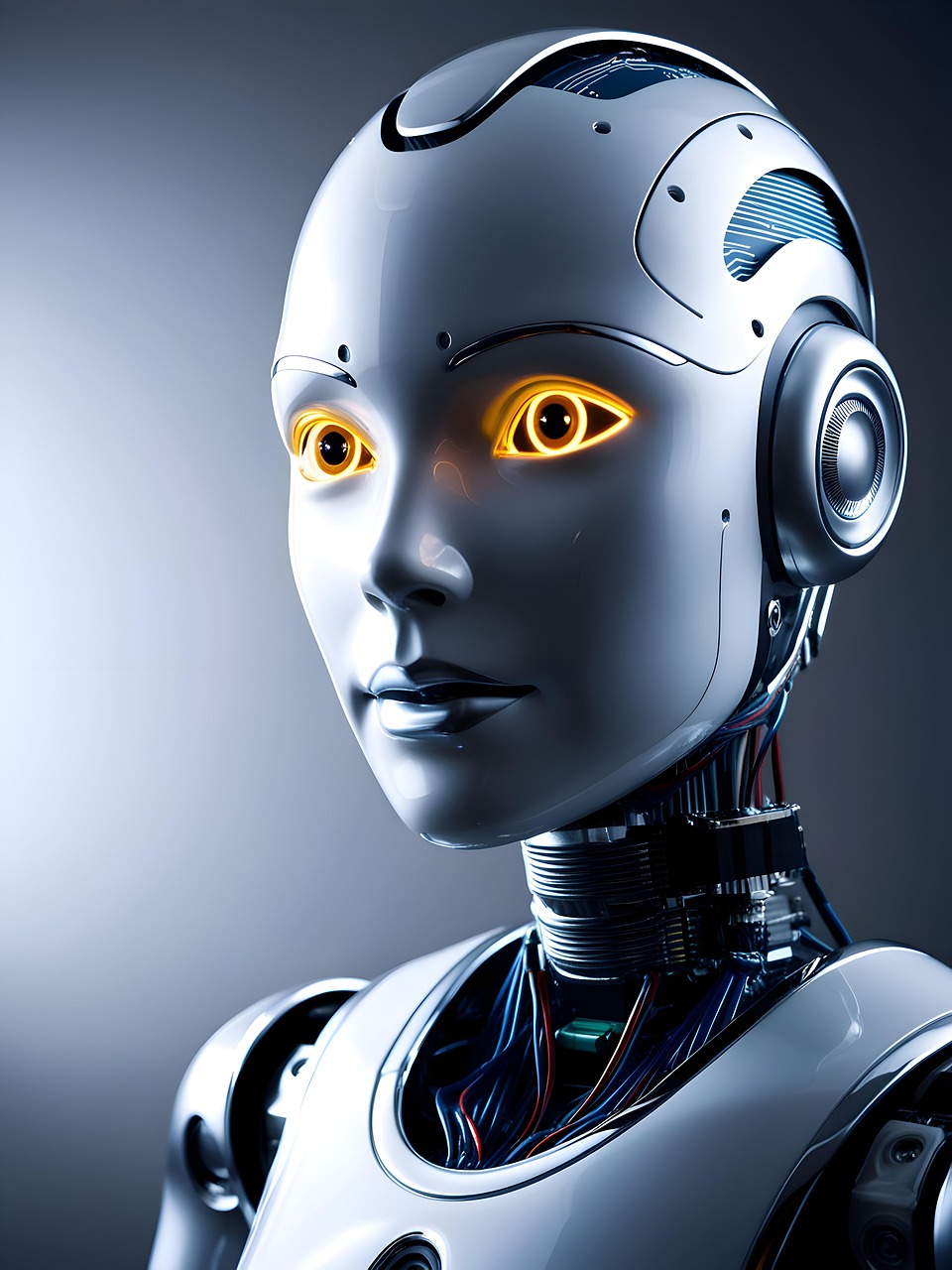Boosting Business Performance with Advanced Collaborative Robotics
Collaborative robots, also known as cobots, have made a significant impact in the industrial sector, offering an advanced level of automation that enhances productivity, reduces operational costs, and optimizes workflow. As businesses strive for growth and competitiveness in an increasingly digital economy, the adoption of cobots becomes a strategic necessity. This article delves into the world of collaborative robotics, discussing its evolution, impact on businesses, and future prospects.

A Brief History of Collaborative Robotics
The concept of cobots was first introduced in the late 1990s by researchers at Northwestern University. They aimed to develop robotic systems that could work alongside humans, enhancing human capabilities rather than replacing them. Over the years, advancements in robotics and artificial intelligence have led to the development of sophisticated cobots that can perform a wide range of tasks with unprecedented precision and efficiency.
The Rising Adoption of Cobots in Business
Today, cobots are being used across various industries, from manufacturing and healthcare to logistics and retail. Their versatility and ease of use make them ideal for businesses of all sizes. Cobots can perform repetitive tasks, freeing up human resources for more complex tasks that require creativity and critical thinking. Furthermore, their ability to work safely alongside humans allows for a seamless integration into existing workflows.
The Impact and Benefits of Cobots
The adoption of cobots offers numerous benefits. Firstly, they enhance productivity by performing tasks faster and with greater precision than humans. Secondly, they improve operational efficiency by reducing the likelihood of errors and workplace accidents. Thirdly, their ease of programming and reprogramming makes them adaptable to changing business needs. Lastly, by taking on monotonous tasks, cobots allow human employees to focus on more fulfilling and higher-value tasks, thereby improving job satisfaction and employee retention.
The Future of Collaborative Robotics
As technology continues to evolve, cobots are expected to become more intelligent, versatile, and affordable. Advances in machine learning and AI will enable cobots to learn and adapt to new tasks on their own, further enhancing their efficiency and usefulness. As businesses recognize the benefits of cobots, their adoption is expected to increase dramatically, revolutionizing the way businesses operate and compete.
Leveraging Cobots: Strategic Insights
- Identify Suitable Tasks: Not all tasks are suitable for cobots. Businesses should identify repetitive, mundane tasks that can be automated, freeing up human resources for more complex tasks.
- Invest in Training: While cobots are easy to use, proper training is essential to maximize their potential. Employees should be trained on how to program, operate, and troubleshoot cobots.
- Integrate Cobots into Existing Workflows: Cobots should be integrated into existing workflows in a manner that enhances productivity and efficiency without causing disruption.
- Stay Updated with Technological Developments: As cobot technology continues to evolve, businesses should stay updated with the latest developments to leverage new features and capabilities.
In conclusion, collaborative robotics represents a significant opportunity for businesses to enhance productivity, improve operational efficiency, and drive growth. As cobots become more sophisticated and affordable, their adoption is set to increase, transforming the business landscape. Businesses that recognize and leverage this trend will be well-positioned to thrive in the increasingly competitive digital economy.





